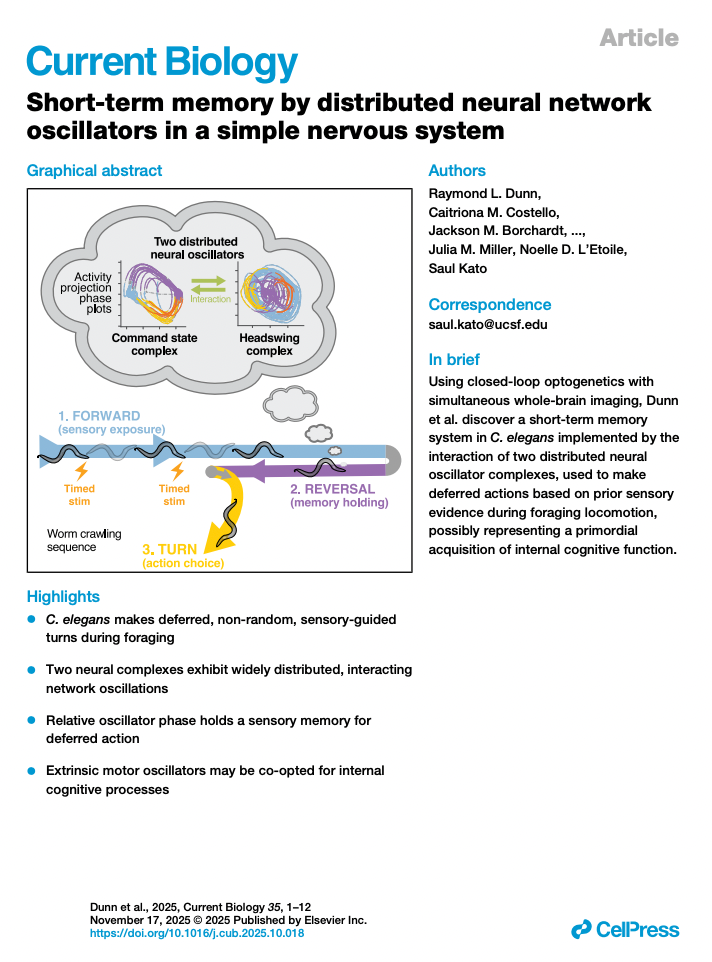"SurfDist" pre-print posted
- Saul Kato
- Jul 13
- 1 min read
We developed an "interpretable machine learning" system to find and characterize blobs in volumetric images, such as microscopy images of cells, something we need to do all the time in our lab. The novelty of our approach is to augment a typical image segmentation CNN with joint learning of closed parametric curved surfaces that serve to define inferred cell boundaries. This allows the CNN to fit infinite-resolution 2D surfaces to 3D voxel data. We built it on the StarDist3D architecture - which uses a similar trick to fit instances of faceted polyhedra to blob-like data.
The parametric curved surfaces in question are polyhedrons made of glued-together bicubic Bézier triangular patches, a representation of arbitrary surfaces that should have taken hold in the field computer graphics around the year 2000, but was mostly forgotten. It is a nice feeling when you can leverage some esoteric-ish, old knowledge from another field. It feels like digging up a lost magic jewel with some incantation charges still left on it.
Congrats Jackson Borchardt who led this work.



